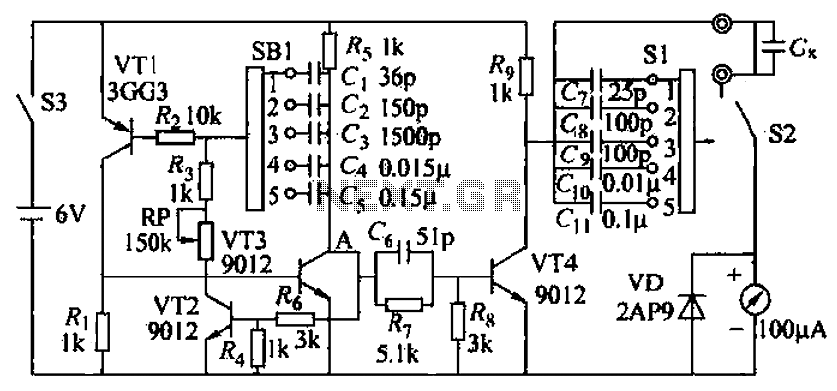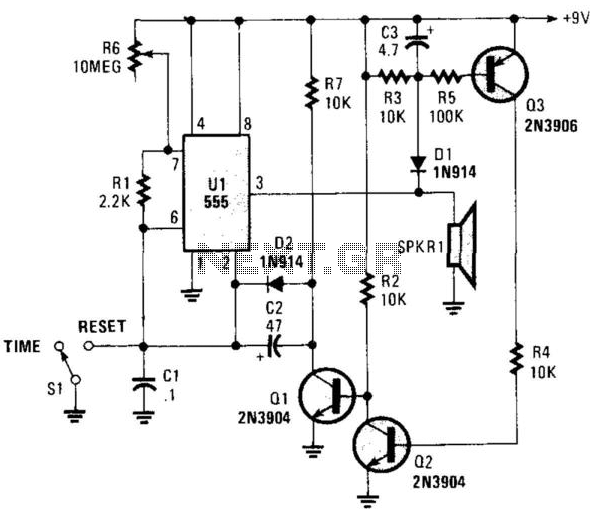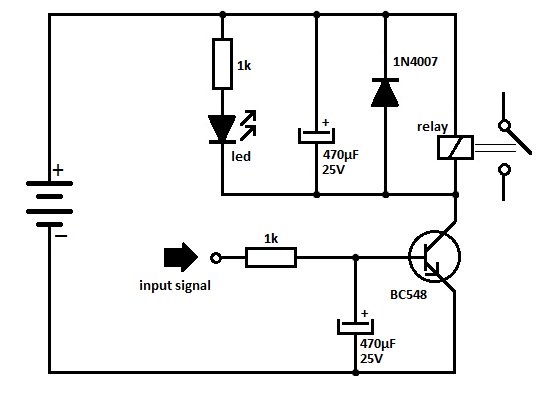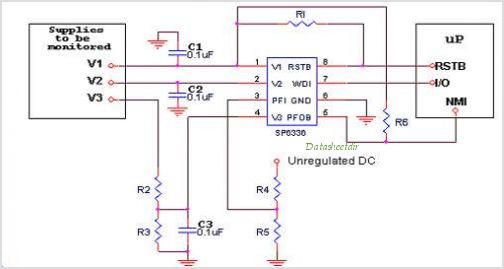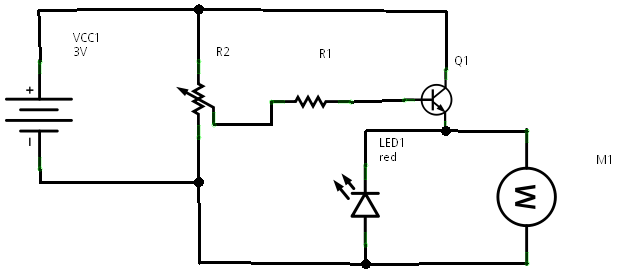
Current Limit Circuit for Voltage Regulator
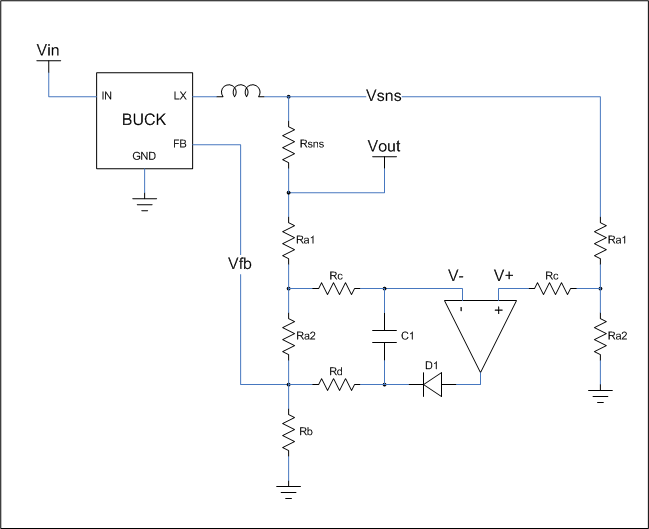
This is a cost-effective circuit that incorporates precise current limiting functionality into a voltage regulator.
The circuit described is designed to enhance the performance of a voltage regulator by integrating a current limiting feature. This is particularly beneficial in applications where overcurrent conditions may occur, potentially damaging sensitive electronic components.
The circuit typically consists of a voltage regulator IC, such as the LM317 or a similar linear regulator, which provides a stable output voltage. To implement the current limiting function, a shunt resistor is placed in series with the load. This resistor allows for the measurement of the load current.
An operational amplifier (op-amp) is used to monitor the voltage across the shunt resistor. When the current exceeds a predetermined threshold, the op-amp output changes state, triggering a control mechanism that adjusts the regulator output. This could be achieved through a transistor or a MOSFET that effectively reduces the regulator's output voltage, thereby limiting the current flowing to the load.
Additional components may include a reference voltage source for the op-amp, ensuring accurate current threshold settings, and capacitors to stabilize the circuit and filter out noise. Proper selection of component values is crucial to achieve the desired current limit without compromising the voltage regulation performance.
This circuit is particularly useful in battery-powered devices, power supplies, and any application where protection against overcurrent is necessary. By adding this functionality, the reliability and longevity of the overall system are significantly improved.This is a low cost circuit that adds precise current limit functionality to a voltage regulator. 🔗 External reference
The circuit described is designed to enhance the performance of a voltage regulator by integrating a current limiting feature. This is particularly beneficial in applications where overcurrent conditions may occur, potentially damaging sensitive electronic components.
The circuit typically consists of a voltage regulator IC, such as the LM317 or a similar linear regulator, which provides a stable output voltage. To implement the current limiting function, a shunt resistor is placed in series with the load. This resistor allows for the measurement of the load current.
An operational amplifier (op-amp) is used to monitor the voltage across the shunt resistor. When the current exceeds a predetermined threshold, the op-amp output changes state, triggering a control mechanism that adjusts the regulator output. This could be achieved through a transistor or a MOSFET that effectively reduces the regulator's output voltage, thereby limiting the current flowing to the load.
Additional components may include a reference voltage source for the op-amp, ensuring accurate current threshold settings, and capacitors to stabilize the circuit and filter out noise. Proper selection of component values is crucial to achieve the desired current limit without compromising the voltage regulation performance.
This circuit is particularly useful in battery-powered devices, power supplies, and any application where protection against overcurrent is necessary. By adding this functionality, the reliability and longevity of the overall system are significantly improved.This is a low cost circuit that adds precise current limit functionality to a voltage regulator. 🔗 External reference
